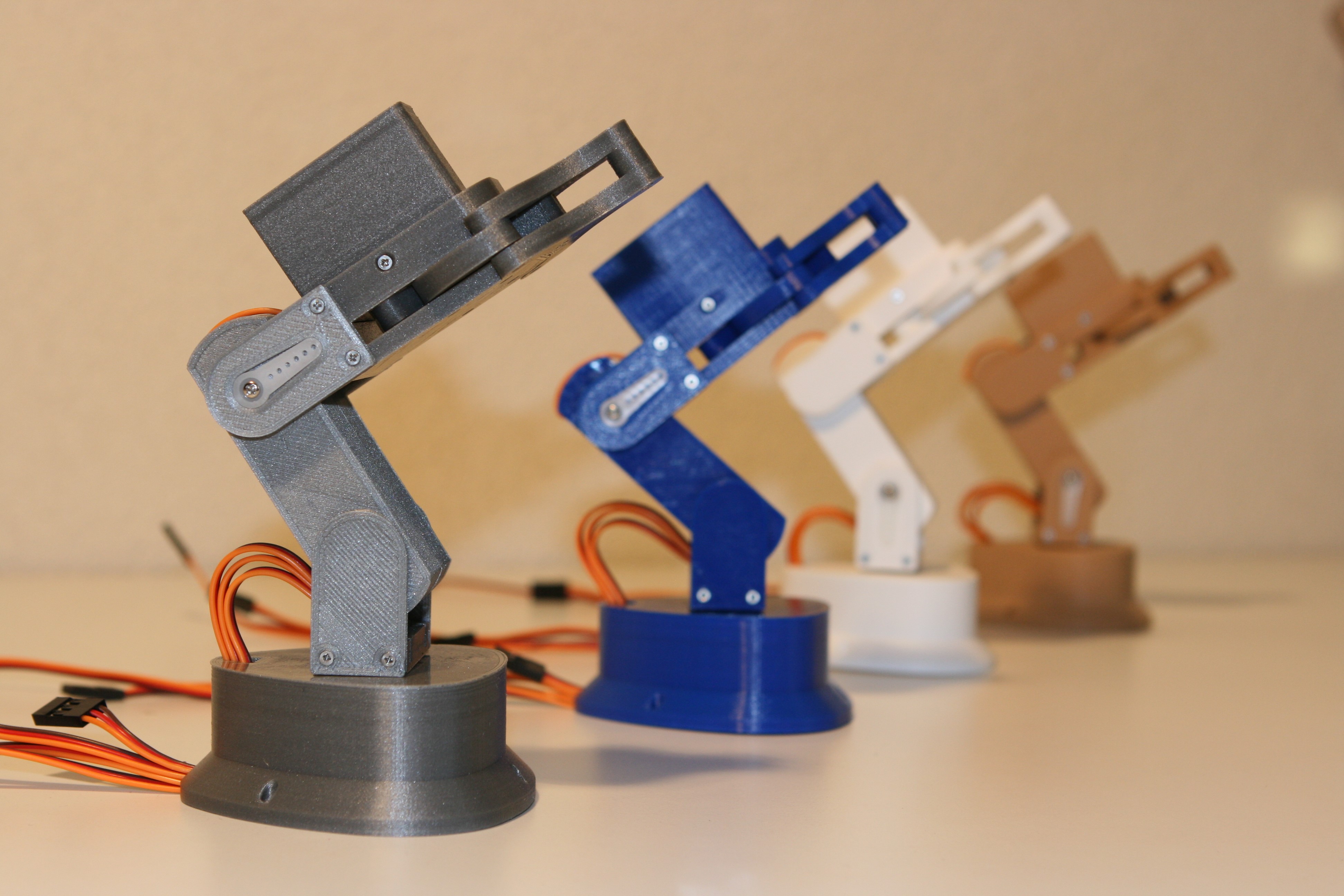
Who doesn’t like robotics? We printed our own robotic arm last year and it is always great to see our filaments converted into cool prints like robotics! Enter Carl van Heezik, teacher and researcher at the Amsterdam University of Applied Sciences. He wanted to design a robot that looked like a real industrial robot and should function as an inspiration for students and makers, especially since it can be made for about 10 euros!
The robot has 3-degrees of freedom, enough to pick up bouncing balls. Most industrial robotic arms have 3 additional degrees of freedom to orient the gripper at the correct angle. For spherical shaped objects this is not needed.
You can download the STL files here. Carl also created a series of videos to explain the process, the first one below:
The three instruction videos he has made, are now online. The first video is a demo of the robot, the second shows the assembly of the gripper and the third shows the assembly of the arm.
Carl exlained how he got into 3D printing: “The price level of rapid development tools like 3D printing and CNC milling has come to a point where everyone can afford it. 3D printing technology has evolved rapidly during the last decade. Especially the advancements in materials, such as the filaments from companies like colorFabb, make 3D printing interesting. For students, educators and startups there is free professional design software, like Autodesk Fusion 360, which I used for this design. You will only appreciate 3D printing if you explore its possibilities and limitation.”
Carl is very clear about his material choice, our nGen: “Several years ago I visited the colorFabb factory where I talked to some engineers and was impressed by their knowledge about polymers. nGen was introduced as a new filament and I got some samples. I used it to print some old designs and noticed a drastically improved result.”
He lists the following advantages of nGen over other materials he tried:
- It does not have the nasty toxic smell of ABS
- It has better material properties than PLA
- The consistent quality make for predictable results
- Printing on a PEI bed results in good adhesion and no tools needed to remove the print
For the parts he used the following settings:
We thank Carl for sharing his work and using our nGen filament in such an awesome way!
nGen has proven itself to be a very versatile material that can be used for a lot of applications, visual prototyping being one of them! It has become our default, all-round filament for printing all sorts of prototypes and prints just have to look damn good!
nGen is an all-round filament which has many advantages over PLA. The temperature resistance is over 80 degrees C and it works on most printers with a heated build plate. nGen is a low-odor, styrene-free material uniquely suited for 3D printing enthusiasts, particularly those who need the flexibility to print within a wide processing temperature range.
With nGen you will have good flow properties through the printer nozzle—even at lower temperatures than some other polymers require. These properties make nGen more workable at a wider breadth of temperatures, producing reliable results and resulting in less waste. You can find more information on our dedicated landing page.
Ever since launching in november 2015 (and later in a big way during the CES Show early 2016), nGen has been a bestseller and a material that has been adopted by users worldwide very rapidly. In a recent survey we have seen it is regarded as one of the most popular materials in our portfolio. This is not without reason. For instance, nGen Black has nothing but solid 5 star reviews.
nGen is made with Eastman Amphora™ 3D polymer AM3300. It is part of our range of Amphora based filaments. Other grades are: engineering grade colorFabb_XT, high temperature resistant colorFabb_HT and semi-flexible nGen_FLEX. With Amphora, items can be created that are more functional, more durable, more efficient, and attractive.
You can find more about what co-polyesters are by clicking here or check the table below how the rigid filaments compare to ABS and PLA:

#5yearscolorfabb
During this month, February 2018, we celebrate our fifth anniversary by giving every fifth spool you order in our webshop for free. Click on the banner below for more info:
We also run a contest: post your favorite colorFabb print online, tag us and use hashtag #5yearscolorfabb and maybe you will win a value pack with 16 spools of our filaments! Again, more info by clicking the banner below:
All blogs and articles about our fifth anniversary can be found by clicking here.


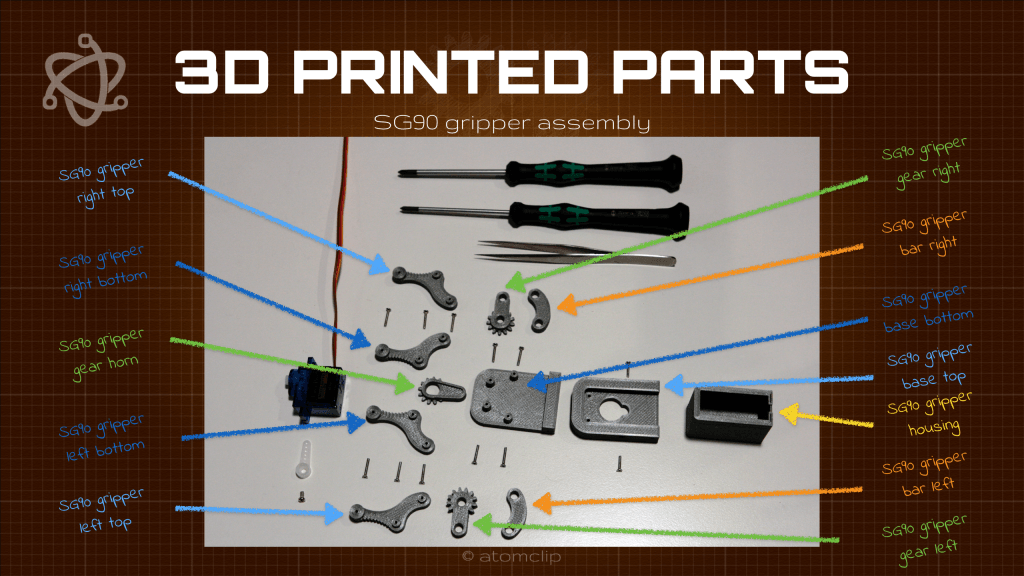
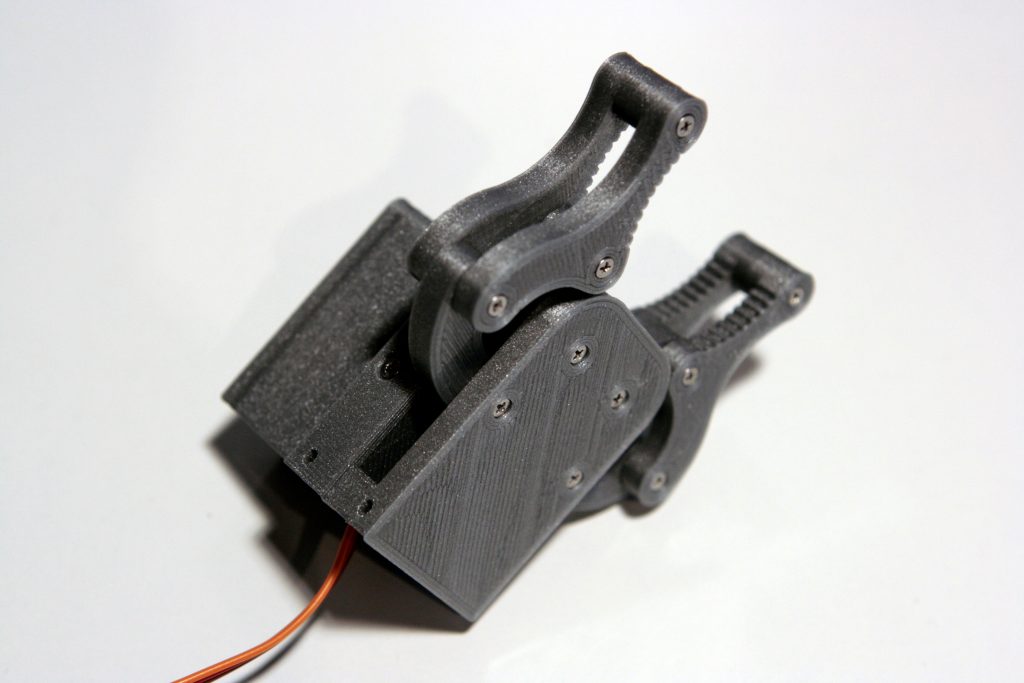
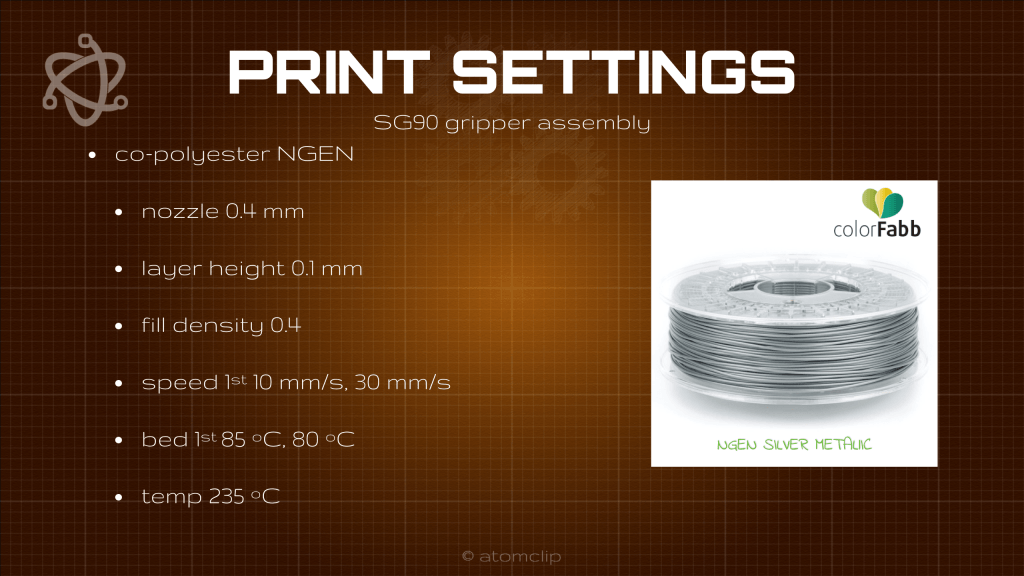
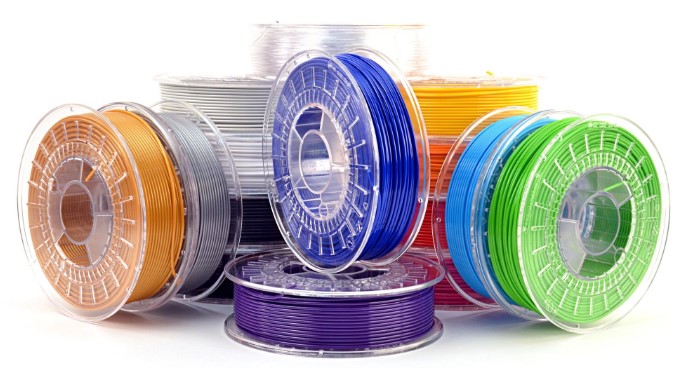


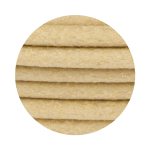
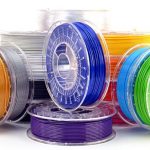
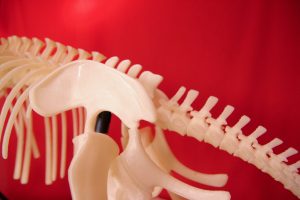
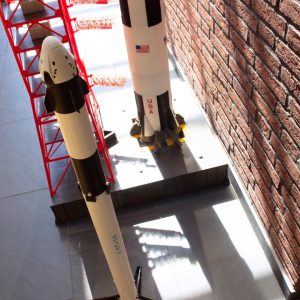

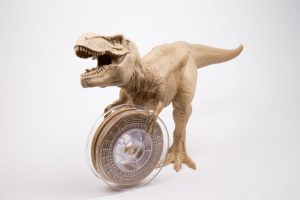
2 Comments
Download website looks down, can you share STL and arduino code?
Same here, could you share the STL files with us?
the idea is to share this project with my students in class
Thanks in advance
best regards!